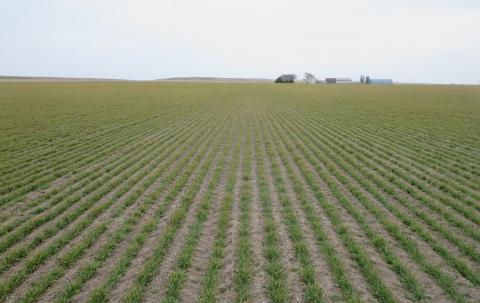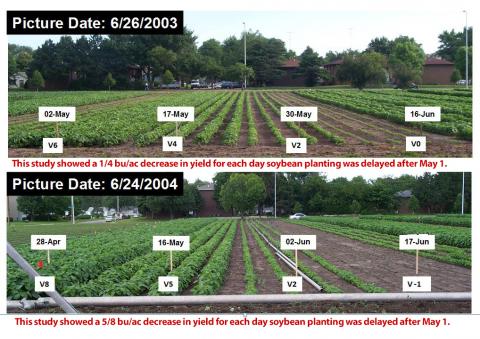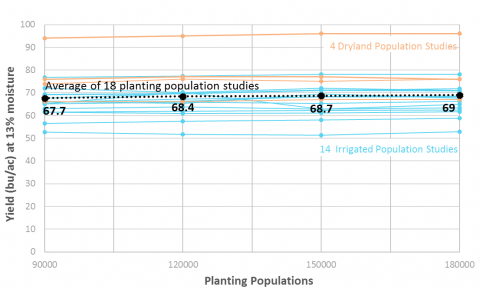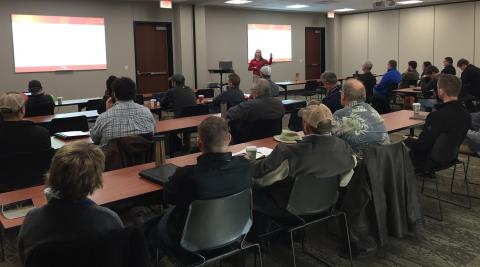Winter Wheat Progress Across the State
April 26, 2018
Winter wheat in the Nebraska Panhandle continues to be rated above average with most of the wheat rated good to excellent. Winter wheat in the west central, south central, and eastern areas is more varied, as described in this wheat progress and condition report.
Amplifying Positive Impacts of Early Soybean Planting
April 19, 2018
The benefits of planting soybean near May 1 are well documented. Now, what are the next steps growers can take to further expand on these benefits? Are different maturity groups warranted? What groups are typically being used in irrigated and rainfed environments in Nebraska?
Planning Ahead for Winter Wheat: Review Corn and Soybean Herbicide Programs
April 13, 2018
If you're considering planting winter wheat next fall, be sure to review the corn and soybean herbicide programs you plan to use this spring to avoid rotation restrictions that would limit your cropping options.
What On-Farm Research has Taught Us about Soybean Seeding Rates
April 6, 2018
More than a decade of on-farm research studies in Nebraska show how soybean seeding rates (and the related input costs) can be reduced without significantly affecting yield. See what growers learned and consider whether a change might benefit your bottom line.
Join the Eastern Nebraska Winter Wheat Grower Email Group
April 5, 2018
A new email listserve offers eastern Nebraska winter wheat growers a means for asking questions and sharing information with other growers as well as getting weekly highlights and resources.
Conference to Highlight Latest Agricultural Technologies
January 26, 2018
The Nebraska Agricultural Technologies Association (NeATA) conference will feature a symposium on using management zones in production agriculture and new technologies Feb. 7-8 in Kearney.
Large Check, Small Seed, Significant Impact
October 11, 2017
Seed selection is one of the first and most important management decisions you make. Consider the factors described here when deciding which corn hybrids and soybean varieties are apt to be top performers under your management and field conditions.
Why Grow Winter Wheat in Eastern Nebraska?
August 31, 2017
The winter wheat varieties planted in eastern Nebraska today can yield upward of 140 bu/ac under good management and weather. If you haven't planted wheat in several years, consider today's advanced genetics and these other benefits from integrating wheat into your rotation.
 Area: Saline, Jefferson and Gage Counties
Area: Saline, Jefferson and Gage Counties





